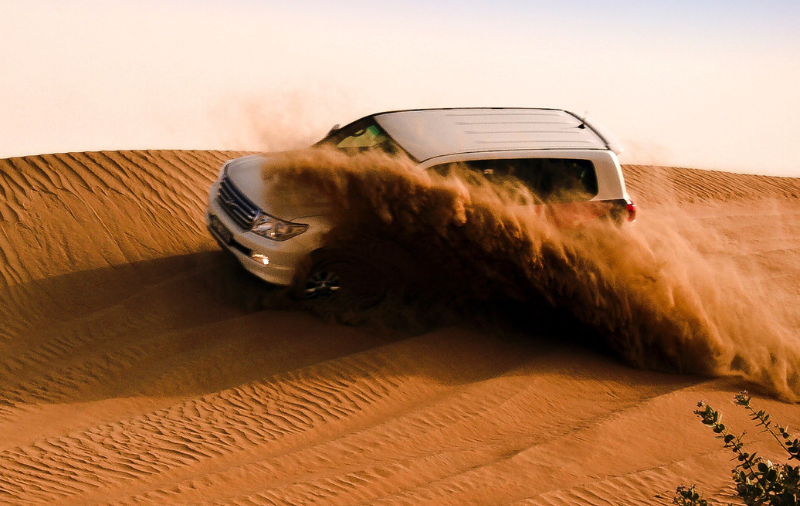Learners who’ve just passed their driving test can enjoy the freedoms of being on P plates. But they still have to wait for some of the benefits of having a full licence. One is being able to drive any car they like, especially a high performance vehicle. Find out what P platers can and can’t do and what cars they can drive.
What is a high performance vehicle?
A high performance vehicle is simply a more powerful vehicle.
A powerful car has a higher power to tare mass ratio. This means it uses more power for acceleration than other cars of its weight. (Tare mass is just the weight in tonnes of an empty car with all its fluids, including 10 litres of fuel.)
Before August 2014, P platers weren’t allowed to drive any turbocharged or supercharged cars. They couldn’t drive cars with 8 or more cylinders, some with 6 cylinders, and any with modified engines.
Since then, P1s and P2s under 21 are banned from driving these kinds of high performance vehicles:
- Power to tare mass ratio of over 130 kw per tonne
- Modified engines that must be engineer approved
- Other vehicles classified as high performance.
High performance vehicles are high risk for P platers. However, P1 and P2 drivers can apply for an exemption from driving a prohibited vehicle in exceptional circumstances. One possible exemption is when you have to drive a prohibited vehicle for work purposes. In this case, the employer must be able to support your application.
What other restrictions apply to P platers?
As a P-plater, you have to follow certain special rules in NSW. The rules for P1s are tougher than for P2s:
Speed – P1s maximum is 90 kph and P2s maximum is 100 kph
Passengers – P1s under 25 can have only one passenger under 21 between 11pm and 5am
Demerits – P1s can accrue up to 4 demerits and P2s up to 7 demerits before losing their licence
Towing – P1s can tow up to 250 kg.
Note, other rules for P platers apply in other states and territories of Australia. So if you plan to travel interstate, you need to know what they are.
What kinds of cars can P platers drive?
The list of cars P platers can drive is longer than the list of cars they can’t drive.
It’s easy to check if you’re allowed to drive a certain car. Just search on the make and model.
When experts recommend cars for P platers, they generally suggest cars that are:
- Reliable
- Affordable
- Cheaper to run and repair
- Small or medium but not too light
- Easy to drive
- Able to brake quickly
- Responsive in an emergency
- Rated well in crash tests
- Slower to accelerate.
Cars like Mazda 3, Toyota Corolla and Kia Picanto come to mind. Of course, these practical qualities may not be so appealing for a novice driver. They might prefer a car that looks sporty, has good speakers and some useful tech, say, connecting their phone via Bluetooth, Android Auto or Apple Carplay.
Remember, the car you drive will affect your green slip price.
How to reduce the cost of your green slip
New drivers on P plates do pay high premiums for their greenslips. Of course, they want to reduce green slip premiums as much as possible.
Insurers use these factors to set greenslip prices:
- Where you live
- Type and age of vehicle
- Age and gender of vehicle owner and driver
- Driving history (offences, demerit points, years licensed)
- Claims history (other insurance held, at-fault claims).
A novice driver can’t change many of these factors to get a cheaper greenslip. But they can work towards creating a clean driving record. It will save lots of money in the future.


your opinion matters: